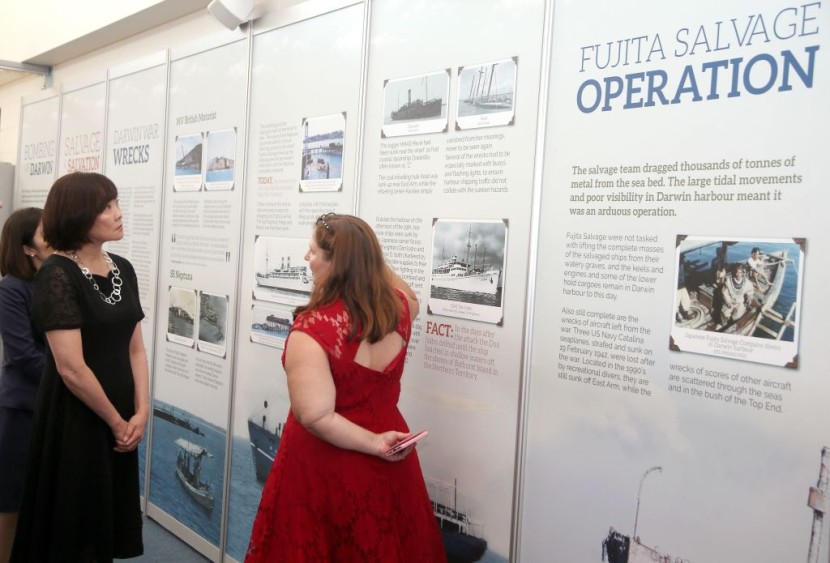
- Montevideo Maru was discovered off the Philippine coast
- The disaster claimed the lives of nearly 1,000 Australian workers and civilians
- Its sinking was Australia's biggest maritime disaster in history
Deep-sea explorers announced on Saturday that they have discovered the debris of the Montevideo Maru. This World War II Japanese transport ship was torpedoed off the Philippines, killing nearly 1,000 Australians.
The ship, which was sunk on July 1, 1942, by a US submarine whose crew had no idea it was carrying prisoners of war, was discovered at a depth of more than 4km, according to the Silentworld Foundation, which coordinated the voyage.
Montevideo Maru Shipwreck Found After 81 Years
The Montevideo Maru catastrophe was Australia's worst-ever maritime disaster, killing an estimated 979 people in Australia, including at least 850 armed forces. According to the group, civilians from 13 other countries were also aboard, increasing the number of detainees slain to almost 1,060.
They had been abducted a few months before by Japanese soldiers at the fall of Rabaul, a coastal township in Papua New Guinea, SCMP reported.
After five years of planning, explorers searched for the wreck on April 6 in the South China Sea northwest of the Philippines' main island of Luzon. They made a positive sighting 12 days later using cutting-edge technology such as an autonomous underwater vehicle with sonar.
The wreckage will be left alone on the seabed, where it is deeper than the Titanic, out of respect for the families of those who died, according to the foundation. There will be no removal of artifacts or human remains.
Australian authorities praised those who helped with the search, including deep-sea surveyors and members of Australia's military services, for bringing closure to people who had lost loved ones 81 years ago.
Shipwreck Carried Prisoners, Abducted Civilians
During World War II, the USS Sturgeon sank the Japanese transport ship on July 1, 1942, unaware that it was carrying prisoners of war and captured civilians, according to Daily Mail. The sinking killed around 1,060 convicts, ranging in age from 15-year-old boys to men in their forties. The captives had been apprehended months before in the fall of Rabaul.
On April 6, a team started on an expedition to find the wreck in the South China Sea, northwest of Luzon, and discovered it after 12 days, thanks to cutting-edge equipment such as an autonomous underwater vehicle. It took many days for the maritime archaeologists, conservators, operations and research specialists, and ex-naval officers to confirm that the wreck was the Montevideo Maru.
Per The Guardian, the project was organized by Sydney's Silentworld Foundation, a non-profit committed to marine archaeology and history, in collaboration with Dutch deep-sea survey specialists Fugro. The mission to find the wreck was also funded by the Department of Defence, which Silentworld director John Mullen described as closing a "terrible chapter in Australian military and maritime history."
Andrea Williams, an Australian whose grandfather and great-uncle were killed in the Montevideo Maru catastrophe, was on board when the ship was discovered. She is a founding member of the Rabaul and Montevideo Maru Society, founded in 2009 to promote the interests of descendants.
The voyage to find the Montevideo Maru took years to arrange, with Silentworld preparing the project for five years and the Montevideo Maru Society devoting two decades to assembling the expedition team.
Related Article: Why China Worries About India's Growing Population?
@YouTube








